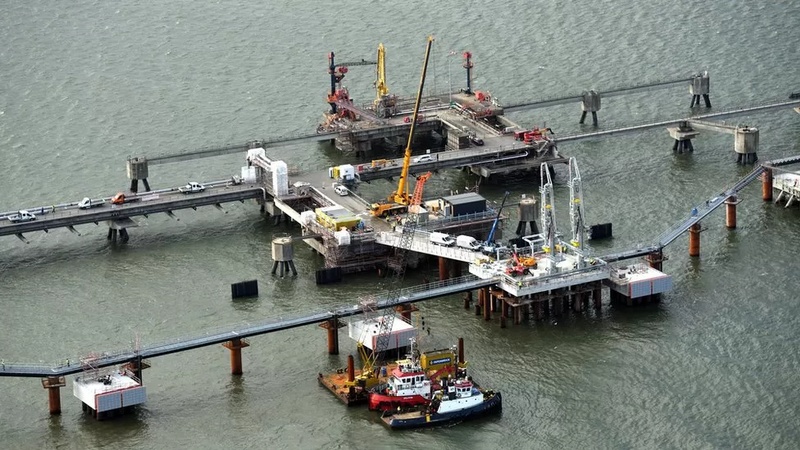November 23 NEC Energy News
¶ “Ukraine War: How Germany Ended Reliance On Russian Gas” • After a scramble to secure alternative supplies, lights sparkle in German Christmas markets. Germany’s hastily assembled system to manage without Russian gas appears to be working for now. And engineers have finished building the country’s first liquified natural gas terminal in record time. [BBC]

¶ “UN Steps Up Its Efforts To Create A Protection Zone Around The Zaporizhzhya Nuclear Plant” • Rafael Grossi, head of the UN nuclear watchdog, is intensifying his consultations on setting up a protection zone around the Zaporizhzhya nuclear power plant in Ukraine following renewed shelling that struck the plant over the weekend. [Oil Price]
¶ “US Renewable Energy Will Surge Past Coal And Nuclear By Year’s End” • Renewables are on track to generate more power than coal in the US this year. But the question is whether they can grow fast enough to meet the country’s climate goals. Supply chain constraints and trade disputes have slowed wind and solar installations. [Scientific American]
¶ “Australia Will See More Extreme Weather Events, Putting Strain On Economy, Report Shows” • Australia will continue to see increased extreme rainfall, heat, and more dangerous fires, its government agencies warned. The changes are happening more rapidly and will put further pressure on Australia to transition its economy away from fossil fuels. [CNN]

¶ “Floating Wind Power Market Size Worth $15.64 Billion, Globally, by 2029 at 56.5% CAGR” • The global floating wind power market size is expected to be $680 million in 2022. It is projected to reach $15.64 billion by 2029, exhibiting a CAGR of 56.5% during the forecast period from 2022-2029, according to Fortune Business Insights. [One News Page]
¶ “Maryland Transit System Gets Solar+Storage Microgrid For Charging Its Electric Buses” • The Mobility House announced the completion of Brookville Smart Energy Bus Depot in Maryland. The site has a 6.5-MW microgrid for electric bus charging using on-site solar panels, battery storage, and natural gas generators to support 70 electric buses. [CleanTechnica]
For more news, please visit geoharvey – Daily News about Energy and Climate Change.
